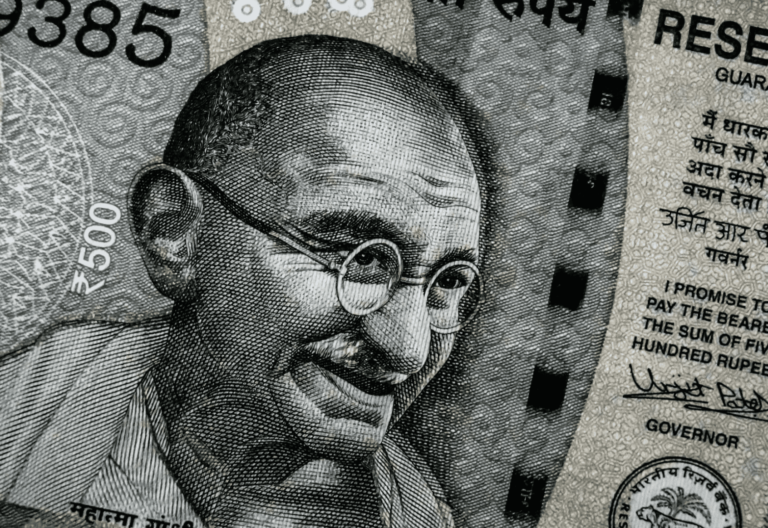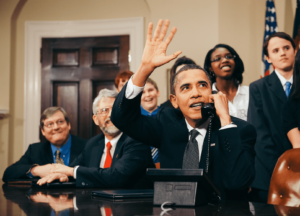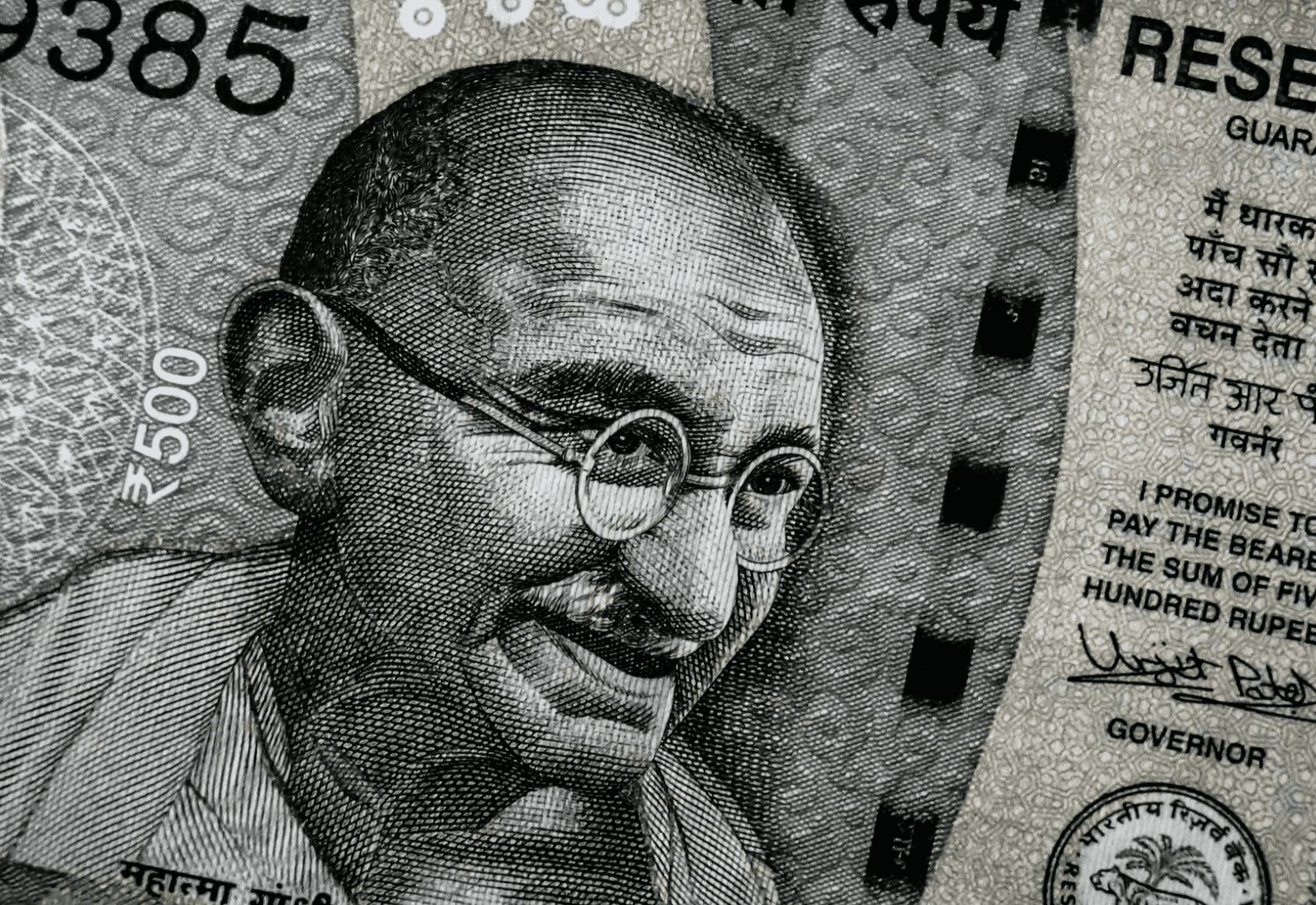

The Art of Influence and Persuasion
How to be a leader without being a boss? Do you want to be a leader at work, but you are not a bossy type? How about wanting to inspire and motivate your team but you do not like to intimidate or control them? Do you want to achieve your goals rather than at the expense of others? If yes, then you might be interested in learning more about the art of influence and persuasion.
Influence and persuasion are the skills that enable you to get others to do what you want them to do without forcing or coercing them. They are successful because of trust, respect, and a win-win attitude. They are also essential for effective leadership, as they help you build rapport, communicate, resolve conflicts, and create positive change. But how can you develop these skills and use them wisely?
Know your purpose
Before influencing or persuading anyone, you should have a clear purpose. What are you trying to achieve? Why is it important? How does it align with your values and vision? How does it benefit your team, your organization, and your stakeholders?
A clear purpose will help you to focus your efforts and communicate your message effectively. An example of a leader with a clear cause is Mahatma Gandhi, who led the nonviolent movement for India’s independence from British rule. His vision of a free and peaceful India was based on his principles of truth and nonviolence. He influenced and persuaded millions of people to follow his cause by appealing to their emotions, values, and beliefs.


Know your audience
To persuade anyone, you need to know who you are dealing with. Who are your team members, customers, and stakeholders? What are their needs, wants, preferences, expectations, and concerns? How about their goals, challenges, and pain points? What are their values, beliefs, and motivations?
You should tailor your message to your audience’s level of understanding and knowledge. Also, it will help you build rapport and trust by showing that you care and understand them.
An example of a leader who knew his audience is Barack Obama, the first African-American president of the United States. He was able to connect with diverse groups of people from different backgrounds, cultures, and perspectives. He used various modes of communication, such as speeches, social media, and humor, to reach and engage his audience. Moreover, he listened to their feedback and concerns and addressed them respectfully and empathetically.


Know your style
To persuade anyone, you need to know your communication and leadership style. What are your strengths and areas for improvement? What are your personality traits, preferences, and tendencies? How do you communicate verbally, nonverbally, written, and visually? Also, how do you handle stress, conflict, and feedback?
Knowing your style will help you leverage your strengths and improve your weaknesses. As well as that, it will help you to adapt your style to different situations and people by being flexible and versatile.
An example of a leader who knew his style is Steve Jobs, the co-founder and CEO of Apple. He had a unique and distinctive communication and leadership style characterized by his charisma, passion, and innovation. Besides, he communicated his vision and passion for his products engagingly and appealed to technical and non-technical audiences. Moreover, he adapted his style to different contexts and challenges by being creative and resilient.


Know your strategy
To influence anyone, you need to have a clear strategy in mind. How are you going to deliver your message? What are the best methods and channels to use? Also, what are the best timing and frequency? What are the best tone and language? In addition, what are the best arguments and evidence?
A clear strategy will help you plan your actions and execute them effectively. Also, it will help you to measure your results and evaluate your impact.
Martin Luther King Jr. was a great leader with a clear vision and strategy for achieving his goals. He had a nonviolent resistance based on his principles of justice and equality. Furthermore, the King used various methods and channels, such as marches, boycotts, speeches, and letters, to deliver his message and mobilize his followers. He used evidence, such as facts, statistics, stories, and quotes, to support his message and persuade his opponents.
Know your ethics
Another thing that you need to have is a high level of ethics. What are your principles for living a good life? Also, what are the legal and professional standards that regulate your behavior? What are the social and environmental consequences of your actions? How do you balance your interests with the interests of others?
Having a high level of ethics will help you to act with integrity and credibility. Furthermore, it will help you to avoid or minimize any harmful effects of your actions.
Indeed, Nelson Mandela is an example of this leader. He had a high level of ethics based on his principles of democracy and human rights. Moreover, Mandela influenced and persuaded his followers and opponents by being honest, respectful, and forgiving. He also avoided or minimized any violence by being peaceful and reconciliatory.


In short, influence and persuasion are the art of getting others to do what you want without forcing or coercing them. They are essential for effective leadership, as they help you to achieve your goals and create positive change.
But how can you be a leader without being a boss? By following these tips and strategies:
- Know your purpose
- Know your audience
- Know your style
- Know your strategy
- Know your ethics
By doing so, you can be a leader who inspires and motivates your team but does not intimidate or control them. A leader who achieves goals but not at the expense of others. John Quincy Adams once said, “If your actions inspire others to dream more, learn more, do more, and become more, you are a leader.” So, be a leader who makes a difference in the world. You can be a leader without being a boss.
If you have any questions or comments, feel free to leave them below. If you want to check our motivational videos related to leadership, you can review our YouTube videos on it. Thanks for reading, and I’ll see you at the next one.




